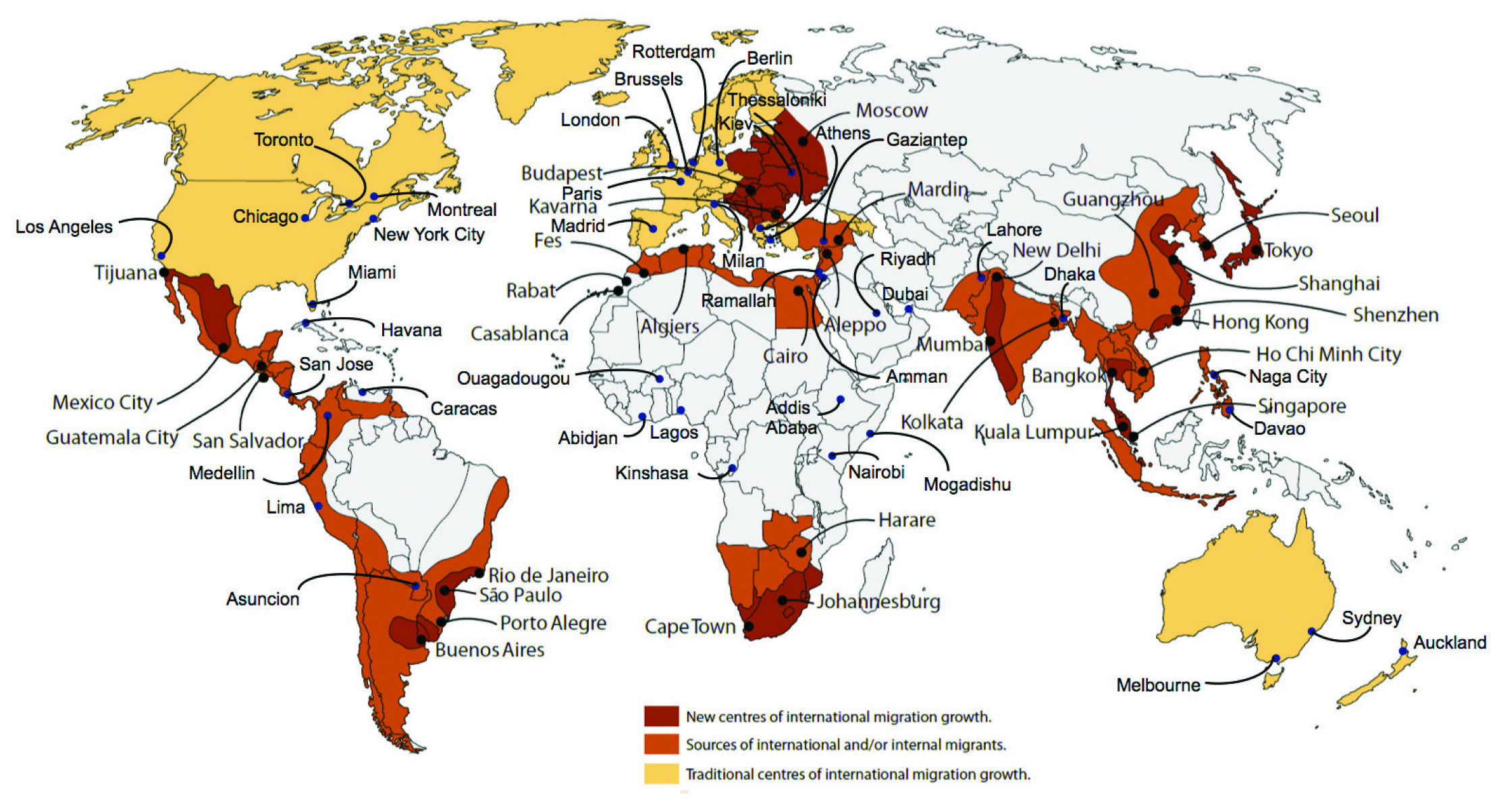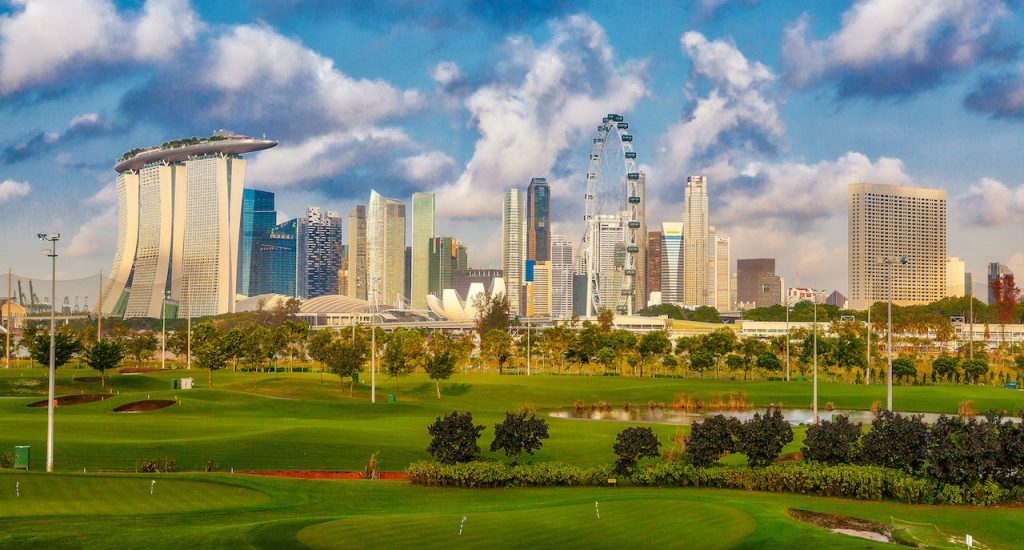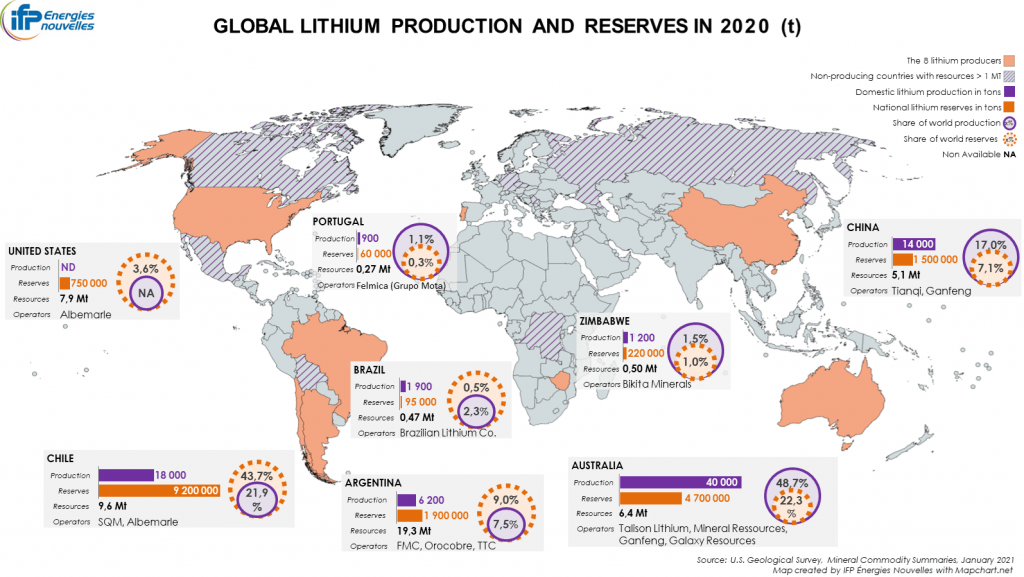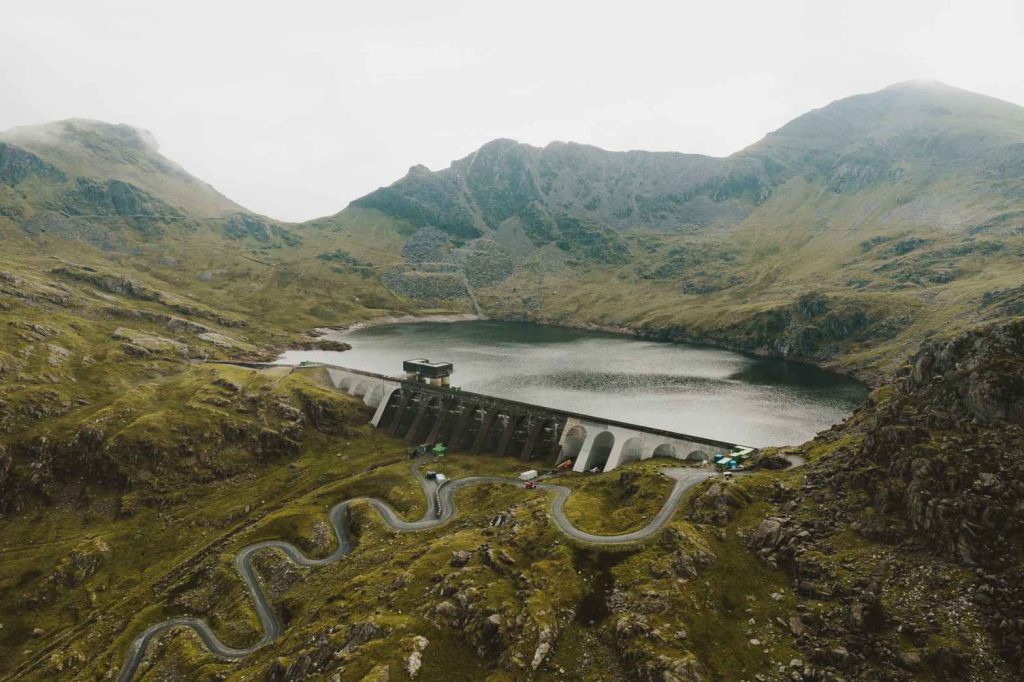The future of urban migration, green construction and turning carbon dioxide into building materials
ø

Written by Zeng Han-Jun
Most people aspire to better their lives. Some achieve it by seeking better employment opportunities and others through migration. There are many ways to achieving it and no matter which channel they rely on, I think that one of the driving factors, is because they are aware that it is attainable. In the past, there are some people who had no way of knowing how they could progress in life. To do so meant that they had to either: adopt a shotgun approach, trying out many different options and seeing which would yield results or simply just forging ahead with whatever opportunities that they had, without knowing and/ or caring how things would turn out.
Technology is changing everything. Information is freely available everywhere as long as you have access to at least 2G internet network. Now, with the speed at how internet technology is progressing, there is a very high chance that most of us would be enjoying much cheaper internet services and greater internet coverage. Cheaper internet allows more people to digest contents from social platforms and this increases awareness of how others in foreign countries are living their lives, for example, eating habits, living conditions, working conditions, salaries drawn and so on.
Against this backdrop, some might start to think that the grass is greener on the other side and then aspire to migrate, for that kind of lifestyle. This is one of the factors that drive migration and will increasingly be so. In fact, I believe that the focus should be on urban migration because many of the office-based jobs that the younger generations yearn for, are mostly based in urban environment.
For perspective, according to World Bank’s data, the urban and rural populations in 2007 were almost exactly equal at 3.33 billion each. Fast forward to 2020, the urban populations has increased beyond 4.4 billion, while the world’s rural populations had increased only slightly beyond 3.4 billion. We cannot be sure if this is due solely to urban migration, but by observing the shape of the trend, the plain reality is that our urban population is increasing at an increasing rate. Also, it appeared that the rural population has started to taper off in 2020 and might set to decrease in the short-term future.

This shows clearly that more people want to migrate to urban environment. As such, governments in choice areas for migration will have to tackle this issue and this could mean allocating substantial amount of public funding and also chaperoning more private investments into building more urban spaces for this group of people. They need to anticipate this and prepare in advance so that they are able to develop sufficient buffer to maintain the livability of their environment.
The below chart, reproduced from WEF, reveals some interesting trends, painting North America, western parts of Europe and Australia as the traditional centers of migration growth. In the same chart, it highlighted cities like Singapore, Seoul, Tokyo, Bangkok, eastern parts of Europe, Southern Africa, certain places in South America, etc as the new centers of migration growth. As such, the livability of these centers of new migration growth is going to be an important topic because it will be one of the defining factors when it comes to attracting talents.

The livability of urban environment is the outcome of the balance among important factors such as the ability of a society in providing sufficient and good employment opportunities, ensuring high quality of life and fostering an environmentally friendly built environment. It is a dynamic process; its outcome constantly being shaped by movement of people in and out of the urban environment.
Facilitating the movement of people has its fair share of challenges, some of which could disturb the sensitive balance of livability in many societies. One way to solving this, is through creative and innovative shaping of urban environment so that it allows for sufficient living spaces, non-disruptive flow of people and goods, and designing pockets of areas for somewhat private gatherings. All these without stifling the exuberance of the human spirit.

This is achievable, a concept that has been brought to life in some of the best parks in the world and it could be adapted for urban environment as well – a clever fusion of the natural environment and elements and infrastructure, combined with a keen understanding of social behavior. There are also many naturally occurring environments that foster this kind of openness and dynamic interactions. These types of spaces could also be found in pockets of forests or along flowing rivers where wonderous diversity of organisms live together in high density. Similar concepts could be found in many other parts of nature as well. Nature is an excellent source of inspiration.
One thing for sure. Reimagination of our built environment to handle increasing urban migration, will require substantial amount of construction work. These construction works must be strategically planned, so that we could avoid the urban sprawl that is found in many cities around the world. Another thing to note, is that construction is both energy- and material-intensive. The sector is significant in GHG emissions and when adding emissions from the building construction industry on top of operational emissions, the sector accounted for 38% of total global energy-related CO2 emissions. Urban migration trend could push this figure up as the years go by.

In fact, the effects would be more pronounced in the new centers for migration growth, that is, Singapore, Seoul, Tokyo, Bangkok, eastern parts of Europe, Southern Africa, certain places in South America, etc. And because of the possible uptrend of carbon emission and how such metrics are being reported internationally, these locations could become possible candidates for being flagged out as high environmental polluters because of their construction activities in the short- to medium-term future.

Most of these new centers of future migration growth, already have high trading volume. It would be risky to their trading activities if these countries were flagged out as high environmental polluters, as this would stress trade agreements and impede supply chain in the short- and medium-term future.
Timber is already in very short supply. Switching to timber form of construction, could potentially attract bad actors into the market space and result in even more illegal logging of trees. Advancements in satellite and traceability technology could slow down these bad actors and foster sustainable harvesting.
However, even with sustainable and regenerative techniques, we need to be aware that trees, like all products of nature, need sufficient time to grow into healthy status before it is ripe for timbering. For the trees to reach their full growth, it really depends on the climate and the water available. First, our climate is changing therefore the effect on trees is unpredictable. Second, we are running out of fresh water and seeping of saltwater inland is already threatening many fauna and flora species around the world. In tropical climates with warm weather and a plentiful water supply, a tree could become fully grown in 30 years. A tree in cooler regions may take several hundred years to reach full maturity depending on the tree species.
Until we have rejuvenated our green lushes to a balance point, we might need to change the way we construct our urban spaces via green steel, green concrete, green design and so on. Not just moderating and lowering the amount of carbon emissions from these construction activities but thinking of methods to harness carbon dioxide and turning them into building materials. That means being bold with our approaches, elevating ourselves beyond the Net Zero principal. One promising area of research is upcycling carbon dioxide into building materials such as concrete.
Cement production, which is used to make concrete, accounts for up to 5% of total global carbon emissions. Current research and development efforts have demonstrated that reduction of the carbon and water footprint in concrete production can be achieved by curing it with waste CO2 rather than with water. Again, I have to highlight that water scarcity is affecting many parts of the world and we need to think of ways to reduce the amount of water that is used in industrial and construction activities.
Direct carbon capture technology is already available to augment this process, but the process of harnessing carbon dioxide for concrete production has not been able to reach the point whereby it could scale commercially. Countries that could fast-track this development are those that already have strong private-public partnership between the building regulators, research community and builders. These bodies of collaboration are in an excellent position to capture the future market of green construction.













